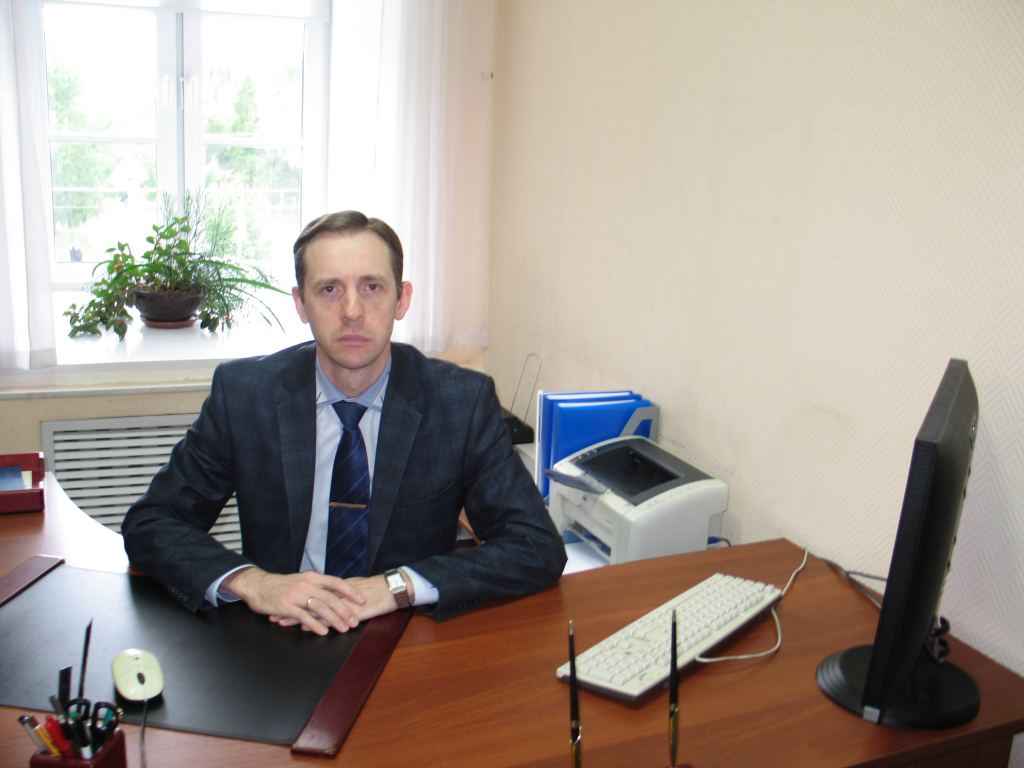Collective Use Center

Collective Use Center Profile:
extensive research and analytical capabilities;
the material and technical base includes more than 150 units of scientific research and analytical equipment;
projects are performed by competent specialists professionally engaged in laboratory research;
great experience in conducting various types of analytical studies, including environmental orientation, performed within of contractual work with enterprises and institutions of Omsk region and non-resident customers.
Analytical research directions:
- chemical analysis (X-ray fluorescence, atomic absorption and atomic emission with inductively coupled plasma spectroscopy, gas chromatography-mass spectrometry);
- structural analysis (X-ray diffraction, optical and atomic force microscopy, electron microscopy with X-ray microanalysis, spectroscopy, including radio spectroscopy;
- analysis of texture and dispersion (adsorption methods, gas pycnometry, mercury porometry);
- synchronous thermal analysis (thermogravimetry, differential thermal analysis and scanning microcalorimetry with mass spectrometry);
- studying the reactivity of substances and materials (temperature-programmable methods of reduction, oxidation, desorption); determination of the quality of surface, underground-, ground- and waste water (microbiological, titrimetric, photocolorimetric, spectrophotometric methods);
- agrochemical research of soils and plants (titrimetric, photocolorimetric, spectrophotometric methods);
- assessment of the quality of agricultural products of plant and animal origin (titrimetric, photocolorimetric, spectrophotometric methods);
- research in the field of agricultural biotechnology, selection and ecology (microbiological methods, infrared spectroscopy, colorimetry, polarimetric method, PCR diagnostics);
- veterinary microbiology (microbiological methods);
- testing of grain, legumes, oilseeds, products of their processing, feed, mixed fodders and raw by quality and safety indicators (determination of weed and grain impurities in cereals and leguminous crops);
- determination of contamination and presence of impurities in grain and products of its processing;
- determination of moisture in the grain and its processing products, mixed fodders and raw;
- determination of the quantity and quality of gluten in grain and flour;
- determination of the protein volume in the grain and processing products, mixed fodders and raw;
- determination of the mass fraction of ash in the grain and processing products, mixed fodders and raw;
- determination of acidity in the croup;
- determination of the mass fraction of ash insoluble in hydrochloric acid, in mixed fodders and raw;
- determination of the mycotoxins volume;
- determination of the toxic elements volume;
- determination of the radionuclides volume;
- determination of the nitrates and nitrites volume;
- determination of the benzo(a)pyrene volume;
- determination of the melamine volume, the residues of pesticides volume;
- determination of agrochemical and ecological-toxicological indicators of soils (pH of salt extract, pH of aqueous extract, exchange acidity, hydrolytic acidity, cation exchange capacity, organic matter volume, mobile phosphorus and potassium compounds volume, nitrates volume, macroelements volume - calcium, magnesium, sodium, sulfur and others, petroleum products volume, benz(a)pyrene volume, toxic elements volume, radionuclides volume);
- determination of quality indicators of mineral and organic fertilizers, as well as chemical plant protection products (pesticides) (mass fraction of the active substance in the preparation, pH value, mass volume of moisture, mass fraction of dry matter);
- determination of indicators of food products safety, raw materials, water and air by microbiological method;
- determination of the residual amount of antibiotics and growth promoters in the products;
- sanitary-parasitological studies of food products and soil;
- control of the sanitary condition of industrial premises;
- analysis of quarantine products (herbological, phytohelminthological, entomological and mycological quarantine examinations of samples of plant products);
- identification of quarantine and non-quarantine pests;
- quarantine examination of soils to identify quarantine objects;
- registration of quarantine phytosanitary documentation, certificates of quarantine expertise, conclusions.
Head of Practice: Maxim MILLER
I am waiting for your call on the phone: +7 913 969 02 04
as well as your emails to an email address: lab@agrobiocluster.ru.
-
Администрация сайта
- 29 October 2017

